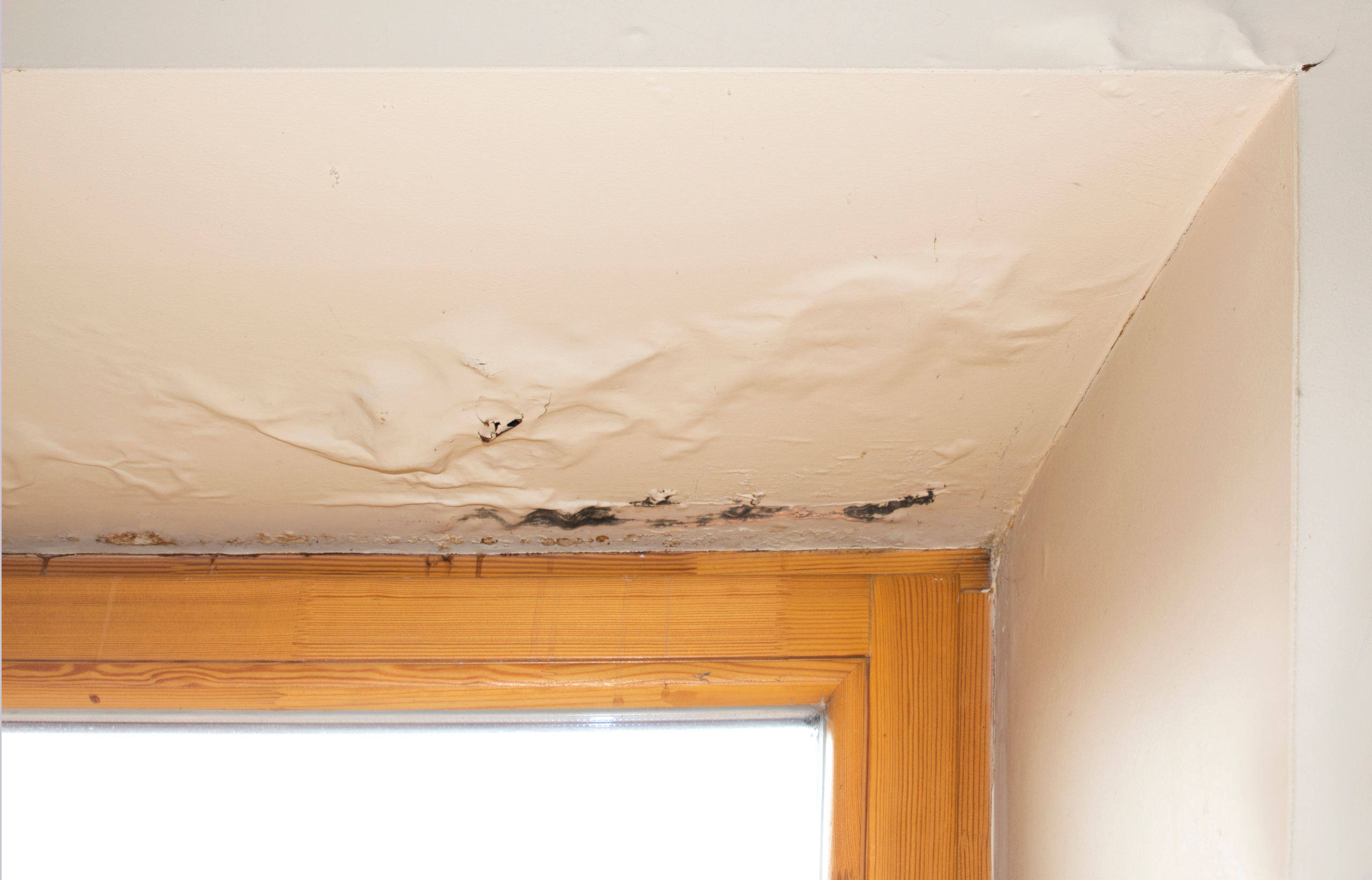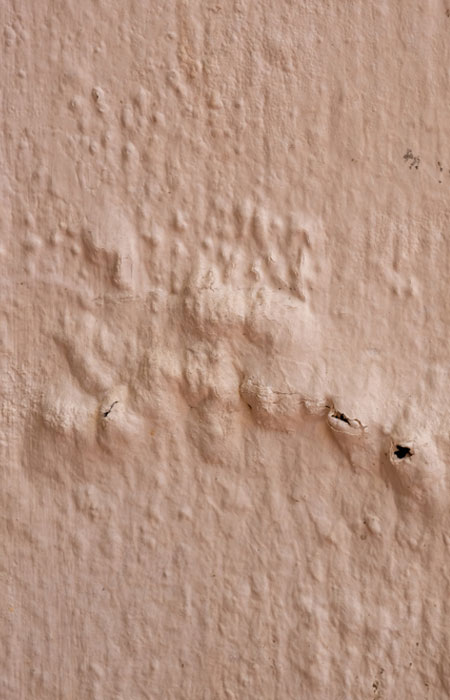Stains from Water on Walls: Assessing and Addressing Strategies
Stains from Water on Walls: Assessing and Addressing Strategies
Blog Article
Here in the next paragraph yow will discover a bunch of helpful facts relating to How to Remove Water Stains from Walls and Ceilings.

Water stains on walls are not positive to the eyes. Your residence must lack stains on the walls, roofing, or floorings. That is the excellent state of a residence as well as its structures. In some cases it appears practically unpreventable to experience water spots on wall surfaces in homes.
Property owners residing in moist areas continuously take care of the anxiety of water stains on walls. But that doesn't have to be the case for you. With exact and also well-rounded details on the causes of water stains as well as timely repair work procedures, you will certainly always be an action ahead of such events. This article guarantees to be a handy overview for you.
3 Common Causes of Water Spots on Wall Surfaces
As opposed to common belief, water stains on wall surfaces do not constantly stem from bad structure materials. There are a number of sources of water stains on walls. These consist of:
Wet
When warm moist air meets dry cold air, it causes water droplets to base on the wall surfaces of structures. This occurs in kitchens and bathrooms when there is vapor from cooking or showers. The water beads can discolor the surrounding walls in these parts of your house and also spread to various other areas.
Moist or condensation affects the roofing and also walls of structures. This creates them to appear darker than various other locations of the home. When the wall is wet, it creates an appropriate setting for the growth of fungi and also germs. These might have unfavorable effects on health, such as allergic reactions and respiratory system conditions.
Poor Water drainage
When making a building strategy, it is vital to make certain ample water drainage. This will certainly avoid water from seeping into the wall surfaces. Where the drain system is clogged or missing, below ground moisture builds up. This web links to excessive wetness that you see on the walls of your structure.
The leading cause of damp wall surfaces, in this case, can be a bad water drainage system. It can also be because of bad monitoring of sewage pipes that run through the structure.
Pipe Leaks
A lot of homes have a network of water pipes within the wall surfaces. This makes sure that the pipes are well away from the reach of destructive rats. It constantly enhances the feasibility of such pipes, as there is little oxygen within the wall surfaces. This dissuades corrosion.
A disadvantage to this is that water leak impacts the walls of the structure as well as causes prevalent damage. A dead giveaway of defective pipelines is the appearance of a water discolor on the wall.
Pro Suggestion
A houseplant in your house also raises its moisture. So, if the house is currently moist, you might wish to present houseplants with marginal transpiration. An instance of appropriate houseplants is succulents.
Water Discolorations on Wall Surface: Fixing Tips
Property owners would usually want a quick fix when dealing with water discolorations. They would quickly realize this is disadvantageous as the water spots recur. So, below are a few helpful tips that will certainly guide you in the repair service of water stains on wall surfaces:
Verdict
Although nobody wishes to have water spots on walls in their house, it can occur to the most effective of us. This post offers you take advantage of, as you now understand how to handle this mishap if it does happen.
It is constantly best to recruit expert solutions to help take care of the damages in your home.
Sometimes it seems virtually inescapable to experience water stains on walls in homes.
Contrary to prominent idea, water stains on wall surfaces do not constantly stem from poor structure products. There are several causes of water stains on walls. The water droplets can tarnish the surrounding walls in these components of your house and spread to other areas.
Here are a few handy tips that will guide you in the fixing of water spots on walls:
CHECKING FOR WATER DAMAGE
Water damage can be costly, and it may begin before you even notice the first signs of trouble. Water damage can cause mold and mildew in your walls and floors, which can create an abundance of health concerns for your family. It can also lead to costly repairs of various appliances and general home fixtures. To avoid the pricey consequences of water damage, here are Warner Service’s top 5 places you should check:
The walls – The easiest place to spot the beginnings of water damage is on the walls and ceilings of your home. If water damage is present, there will most likely be water stains, especially around the windows and doorframes, and/or cracks in the drywall. If a stain looks unusual (discolored to brown, black or gray, raised texture), has a swollen appearance or is soft to the touch, contact a professional immediately. The pipes – To avoid water damage, consistently check the pipes in your kitchen (especially the dishwasher and ice maker), bathrooms, laundry room (specifically washing machines) and basement for corrosion, leaks and water stains. Pay special attention to where the pipes connect in your home and the location of caulking around the bathroom fixtures, including toilets, sinks, showers and tubs. Missing or loose caulking and grout could be signs of leaking water. This seepage can also quickly cause mold and rust, so double check your water heater and tank for wet spots on the floor. The floor – Water damage is very easy to spot on the floor. Look for any warping or buckling of the material, especially in the basement. If your home has wood flooring, look for bright white or dark stains. If your home has carpeting, keep it dry and clean. A damp carpet that smells of mold could cause water damage and health problems. To avoid this, consider installing floor pans under your appliances to help prevent damages from small, slow and undetected leaks. The basement and attic – If your basement or attic smells odd check for mold and mildew around the area, especially the valley where the roof meets. While you are inspecting those areas, check for wall cracks, floor stains, rust and dampness in the insulation. If you live in a colder and/or rainier climate, perform routine checks for water damage from melting snow or ice and rain. The exterior – Check the roof for damaged flashing and missing, cracked or curled shingles. There should also be no standing water anywhere outside your home. This could be caused by puddles, leaky rain gutters or hoses, poor drainage, or short gutter spouts. Invest in a sump pump system or water flow monitoring system, and perform routine maintenance on these outdoor appliances to avoid indoor water damage.

I was shown that editorial about through an acquaintance on a different web blog. Do you know about somebody else who is inquisitive about the subject? Be sure promote it. Thanks a bunch for your time. Kindly check our website back soon.
Reliable repairs? Dial. Report this page